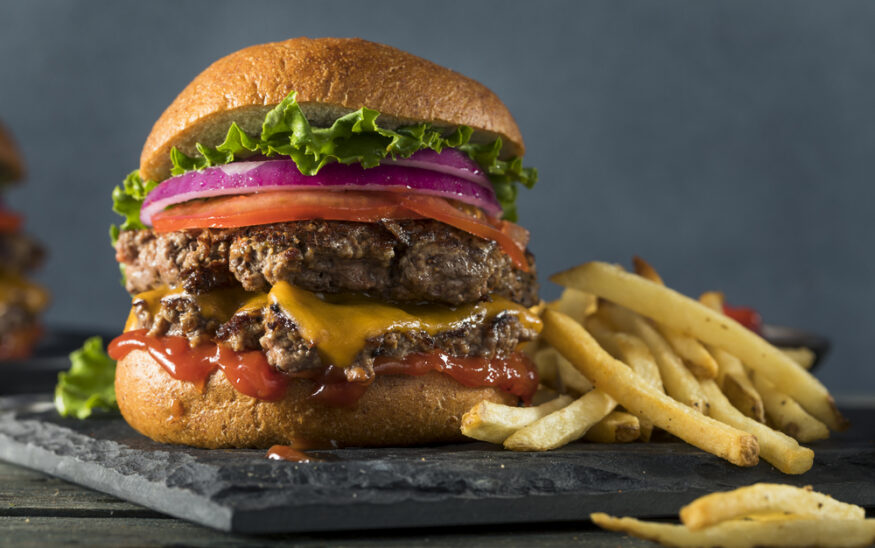SmashBurger and the War on Naming Rights
How can you be proactive when founding a new company or branding a new product to avoid trademark infringement disputes
Kurt Leyendecker //October 20, 2017//


SmashBurger and the War on Naming Rights
How can you be proactive when founding a new company or branding a new product to avoid trademark infringement disputes
Kurt Leyendecker //October 20, 2017//

Recently, the management at Colorado’s own SmashBurger decided to name its new burger the Triple Double, ostensibly because the burger has three slices of cheese and two beef patties. It could also be a play on the rare achievement of a basketball player accumulating a double digit score in three statistical categories. In rolling out this massive sandwich, SmashBurger initiated a significant marketing campaign.
At some point, the powers that be at California’s In-N-Out Burger became aware of the Triple Double and were not pleased. They believed the Triple Double name is too close and confusingly similar to one or both of the company’s registered trademarks, Double Double and Triple Triple, both also names for burgers. A lawsuit was filed and delivered to SmashBurger.
I find it hard to believe that when the folks at SmashBurger came up with the name, Triple Double they were concerned about a lawsuit from In-N-Out. I suppose it is possible SmashBurger chose the name to goad In-N-Out, thinking the publicity from any dispute would enhance name recognition. More likely, they either thought their burger's name was sufficiently different, or perhaps they didn’t even know of In-N-Out’s marks. Very few, if any, companies relish the idea of being sued for trademark infringement and possibly face hundreds of thousands of dollars in litigation costs and damages to the other party on top of that. Perhaps worst of all, a loss would mean ceasing use of the infringing mark and effectively forfeiting the name recognition and goodwill built up after a costly marketing campaign.
My colleague, Peter Lemire, and I both agree that the lawsuit is a toss-up.
On the one hand, In-N-Out has held Federal trademark registration in their Triple Triple and Double Double marks for a very long time, which weighs in its favor. On the other hand, the marks are very descriptive and SmashBurger’s Triple Double is different from both, weighing against a finding of infringement. Descriptive marks are typically given less protective breadth and scope than arbitrary or fanciful marks. Should the case go to trial, consumer surveys polling the relevant public will weigh heavily on the outcome. Ultimately, I believe this case will settle before seeing the inside of a courtroom and this skirmish will be all but forgotten in a couple of years.
Disputes like this occur regularly these days, as companies on different sides of the country, that only 25 years ago would have never heard of the other, can now easily find each other on the web. We are regularly hired to represent companies in these trademark disputes. The disputes are often resolved with one party (many times the smaller and less financially flush company) agreeing to stop using the disputed trademark. Rarely do these disputes go to court, as the costs are prohibitive to at least one of the parties. The effects of having to change a company or product name can be significant; not only is there the monetary cost of redesigning a website, changing signage and reprinting marketing materials, there is also the loss of any goodwill associated with the mark.
Often being proactive on the front end of founding a new company or branding a new product or product line can be helpful in avoiding trademark infringement disputes. A trademark clearance search and advice from a trademark attorney isn’t free, but it might save a company thousands of dollars in the future. If a new mark is cleared, federally registering it is often advisable. Registration might dissuade someone else from using a similar mark. When it comes to choosing trademarks the old maxim holds: An ounce of prevention is worth a pound of cure.
























